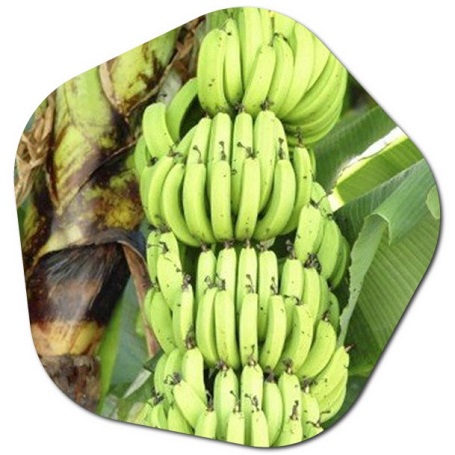Bananas are a popular and widely consumed fruit known for their sweet taste, convenience, and nutritional benefits. Here’s some brief information about bananas: Scientific Name: Bananas belong to the genus Musa and are classified as a berry, botanically speaking. Varieties: There are various banana varieties, but one of the most common and widely cultivated is the Cavendish banana. Other varieties include plantains, which are larger and starchier and are often cooked before consumption.
The top 5 banana-producing countries were:
- India: India was the world’s largest producer of bananas, with a significant share of the global banana production.
- China: China was also a major banana producer, particularly in provinces like Guangdong and Hainan.
- Philippines: The Philippines was a significant banana producer, primarily exporting to various international markets.
- Ecuador: Ecuador was a major player in the global banana trade, known for producing the popular Cavendish variety.
- Indonesia: Indonesia also had a substantial banana production, contributing to the global supply.

I recommend checking with more recent sources to get the most up-to-date information on banana production by country. Can you name the top 5 countries where most music is produced? >>
In which country climates banana production is good
Bananas thrive in tropical and subtropical climates with warm temperatures, consistent sunlight, and abundant rainfall. Here are a few countries known for their favorable climates for banana production:
- Ecuador: Ecuador is one of the top banana-exporting countries. Its equatorial climate provides consistent temperatures and rainfall throughout the year, creating ideal conditions for banana cultivation.
- Philippines: The Philippines has a tropical climate that supports year-round banana production. The combination of warm temperatures and ample rainfall is beneficial for banana growth.
- Costa Rica: Costa Rica’s tropical climate, with distinct wet and dry seasons, contributes to successful banana cultivation. The country is a major player in the global banana trade.
- Colombia: Colombia’s diverse climate zones allow for banana cultivation across different regions. The combination of warm temperatures and suitable rainfall patterns supports banana growth.
- India: India’s tropical and subtropical regions, such as the states of Maharashtra, Tamil Nadu, and Kerala, offer favorable conditions for banana cultivation. The country is a significant producer of bananas.
- Honduras: Honduras benefits from its tropical climate and fertile soils, making it conducive to banana cultivation. It is another prominent exporter of bananas.
- Indonesia: With its wide range of islands and climates, Indonesia is able to cultivate various banana varieties. The tropical climate in many parts of the country is well-suited for banana production.
- Guatemala: Guatemala’s tropical climate, along with its varying altitudes, allows for diverse banana cultivation. The country is known for producing both conventional bananas and organic varieties.
Remember that while these countries have generally favorable climates for banana production, local conditions and practices can still influence the success of cultivation. Additionally, changes in weather patterns, climate shifts, and other factors can impact banana production in various regions.
Brief information about bananas
Nutritional Value: Bananas are a good source of vitamins and minerals, particularly vitamin C, vitamin B6, and potassium. They are low in fat and provide a good amount of dietary fiber.

Health Benefits: Bananas offer several health benefits. They can help regulate blood pressure due to their potassium content, support digestive health due to their dietary fiber, and provide a quick source of energy due to their carbohydrate content. They are also often recommended as a convenient and easily digestible food for people recovering from gastrointestinal issues.
Culinary Uses: Bananas are typically eaten fresh, either on their own or added to dishes like cereals, yogurt, and smoothies. They are also used in baking for making bread, muffins, and other desserts. Plantains are often cooked before consumption and are a staple in many tropical cuisines.
Cultivation: Bananas are primarily grown in tropical and subtropical regions around the world. They require warm temperatures and abundant rainfall to thrive.
Harvesting and Ripening: Bananas are typically harvested while still green. They continue to ripen off the plant and change color from green to yellow as they mature. Ethylene gas, naturally produced by bananas, accelerates the ripening process.
Global Trade: Bananas are one of the most traded fruits globally. Major banana-exporting countries, such as Ecuador, the Philippines, and Costa Rica, play a significant role in the international banana trade.
Cultural Significance: Bananas have cultural significance in various parts of the world. They are used in religious rituals, celebrations, and traditional dishes in many cultures.

One thought on “What are the top 5 banana producing countries?”